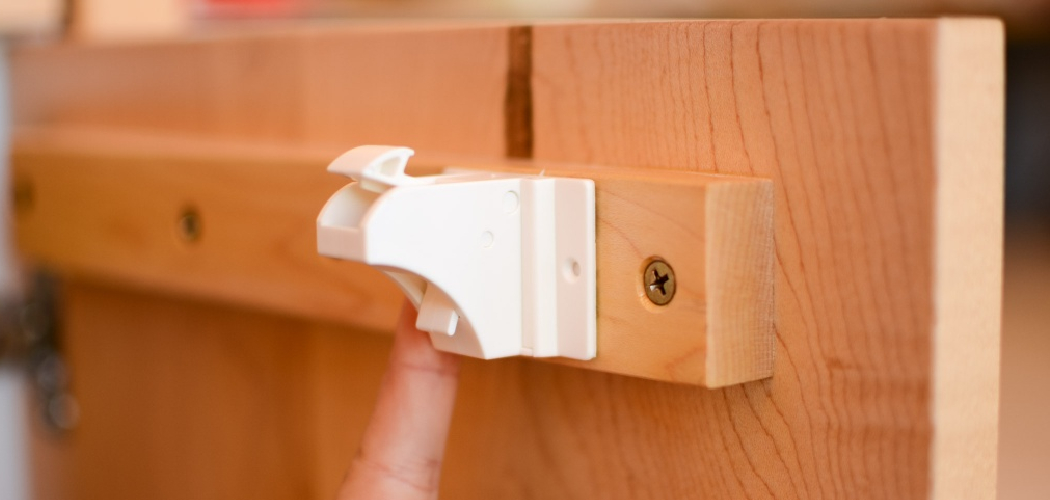Opening childproof cabinets is a common challenge faced by parents and caregivers seeking to balance safety with accessibility in the home.
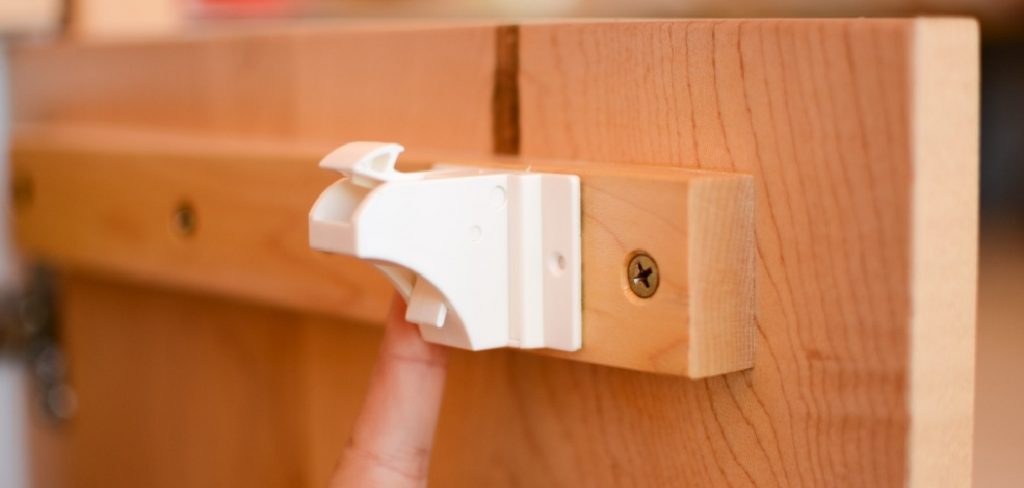
Childproof cabinet locks are designed to prevent young children from accessing potentially hazardous items such as cleaning supplies, medicines, or sharp objects. While effective at their intended purpose, these locks can sometimes pose difficulties for adults trying to quickly access cabinet contents.
Knowing how to open childproof cabinets involves understanding the type of lock in place—whether magnetic, adhesive, or latch-based—and using the appropriate method to disengage or unlock it.
By following simple yet effective techniques, caregivers can maintain a safe environment for children while ensuring convenient access to stored items when needed.
This guide provides practical tips and methods to efficiently open childproof cabinets, promoting safety and ease of use within the home.
Understanding Childproof Cabinet Locks
Childproof cabinet locks come in various designs, each intended to thwart children’s attempts to open cabinets while permitting effortless access for adults. Here’s a closer look at the most common types of childproof locks:
Magnetic Locks
Magnetic locks use a powerful magnet and latch system to secure cabinet doors. To open these locks, a magnetic “key” must be aligned with the corresponding latch inside the cabinet, allowing the door to be pulled open.
Magnetic locks are highly effective and remain discreet, as they are often installed inside the cabinet.
Adhesive Locks
Adhesive locks rely on strong, sticky pads to hold locking mechanisms in place on the outside of the cabinet.
These locks are simple to install without tools and can often be disengaged by pressing a button or sliding a latch. While convenient, adhesive locks may require periodic replacement of adhesive pads to maintain their bond.
Latch-Based Locks
Latch-based locks feature a latch system that hooks onto the cabinet frame or adjacent door.
These are typically installed inside the cabinet and require pressing a release mechanism to open the door. Latch-based locks are popular for their durability and ease of use, although installation may require some tools and effort.
10 Methods How to Open Childproof Cabinets
1. Understand the Mechanism
The first step in effectively opening a childproof cabinet is understanding the specific locking mechanism in use. Childproof locks come in various designs, such as magnetic locks, sliding locks, and spring-loaded latches.
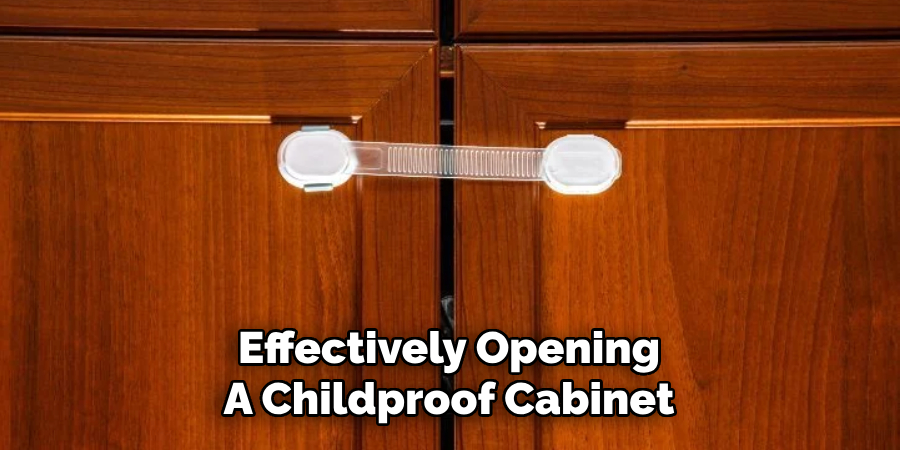
By familiarizing yourself with the mechanism, you can better understand how to disengage it. Read the manufacturer’s instructions if available, or examine the lock to see how it operates.
Knowing whether you need to push, pull, slide, or use a key will make the process more straightforward and less frustrating.
2. Use Both Hands
Most childproof cabinet locks are designed to require dexterity that young children lack. Using both hands can give you the necessary leverage and coordination to open the lock.
For example, with a spring-loaded latch, one hand can hold the cabinet door steady while the other hand depresses the latch. For sliding locks, one hand can push the locking mechanism while the other slides the lock open.
This method not only provides better control but also ensures that you do not damage the lock or cabinet in the process.
3. Employ a Magnet
For magnetic childproof locks, having a strong magnet on hand is essential. These locks use a powerful magnet to disengage the locking mechanism.
Hold the magnet against the designated spot on the cabinet door, usually indicated by a small sticker or mark. Once the magnet is in place, it will release the lock, allowing you to open the cabinet.
This method is particularly useful because it is quick and does not require any force, reducing the risk of damaging the cabinet or lock.
4. Use a Key or Special Tool
Some childproof locks come with a key or special tool designed to disengage the lock. Keep these tools in a convenient but secure location where children cannot reach them.
Insert the key or tool into the lock and follow the manufacturer’s instructions to release the mechanism. If you have lost the key or tool, contact the manufacturer for a replacement or visit a hardware store to find a compatible alternative.
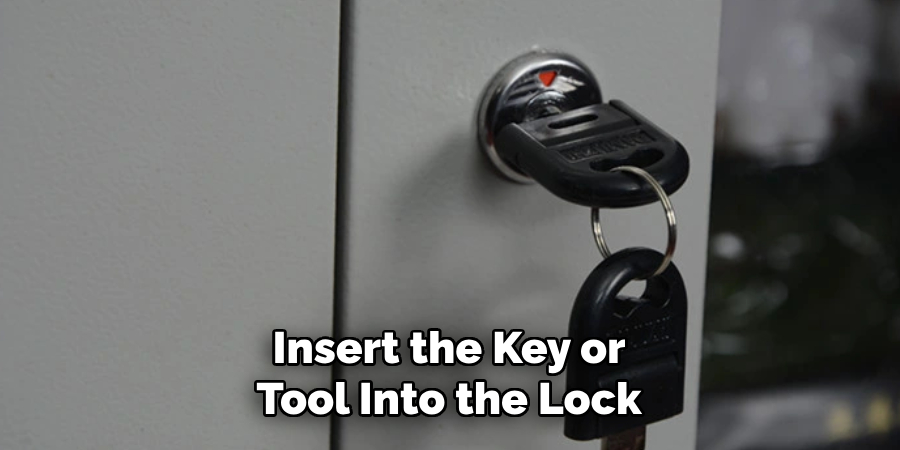
Using the correct tool ensures that you open the lock as intended without causing damage.
5. Apply Gentle Pressure
Many childproof locks, especially adhesive-mounted ones, rely on the strength of the adhesive to stay in place.
Applying gentle pressure can sometimes help release the lock without using excessive force. For adhesive-mounted locks, press firmly on the lock while trying to disengage it.
This pressure can help break the bond of the adhesive slightly, making it easier to open the cabinet. Be careful not to apply too much force, as this could damage the cabinet surface or the lock itself.
6. Lift or Tilt the Lock
Certain types of childproof locks, like latch locks, require a specific movement to disengage. Often, lifting or tilting the lock can help release the mechanism.
For example, with a spring-loaded latch, lifting the latch slightly while pulling the door can help open it. Similarly, for sliding locks, tilting the lock upward can reduce friction and make sliding it open easier.
Experiment with different angles and movements to find the most effective way to release the lock.
7. Use Household Tools
In some cases, simple household tools can help you open childproof cabinets. A flathead screwdriver, butter knife, or even a credit card can be used to manipulate the lock.
For example, insert a flathead screwdriver into the gap between the cabinet door and frame to push down a spring-loaded latch. Be cautious when using tools to avoid damaging the lock or cabinet.
This method is useful for occasional access but should not be a regular solution, as it can wear out the lock over time.
8. Practice Patience and Precision
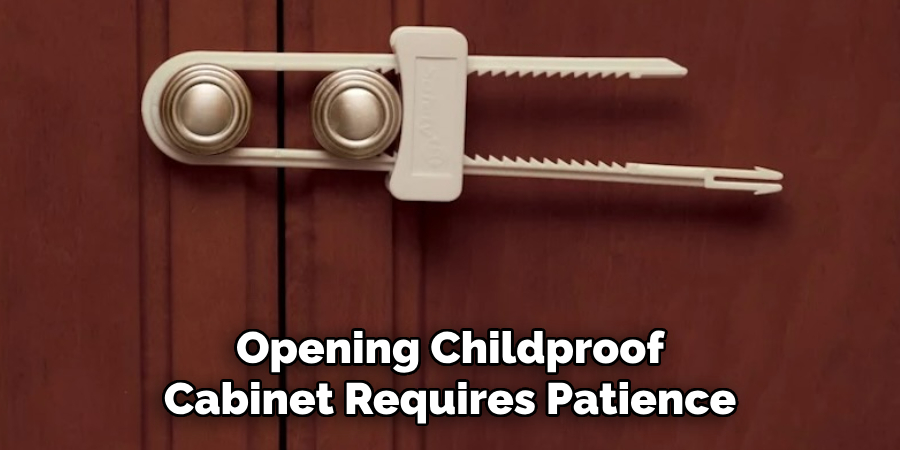
Opening childproof cabinets often requires patience and precision. Rushing or using excessive force can lead to frustration and potential damage. Take your time to carefully manipulate the lock, paying attention to how it responds to different movements.
Practice makes perfect; the more familiar you become with the lock, the easier it will be to open. Precision is particularly important with locks that require specific alignments or pressure points to release.
9. Consult the Manufacturer’s Instructions
If you have difficulty opening a childproof cabinet lock, consult the manufacturer’s instructions. These instructions often include detailed diagrams and step-by-step guides to help you understand the locking mechanism.
They may also provide troubleshooting tips for common issues. If the instructions are unavailable or have been lost, visit the manufacturer’s website for digital copies or contact their customer service for assistance.
Following the manufacturer’s guidelines ensures you are using the lock as intended and reduces the risk of damage.
10. Seek Professional Help
If all else fails, seek professional help. A locksmith or handyman experienced in childproof locks can provide expert assistance.
They can help you open the cabinet without damaging it and may offer advice on better ways to manage the locks in the future. Professional help is especially useful if you need to access the cabinet urgently or if the lock has become damaged or stuck.
While this option may involve a cost, it ensures that the job is done correctly and safely.
Things to Consider When Choosing Childproof Cabinet Locks
When selecting childproof cabinet locks, several factors need to be taken into account to ensure optimal safety and functionality:
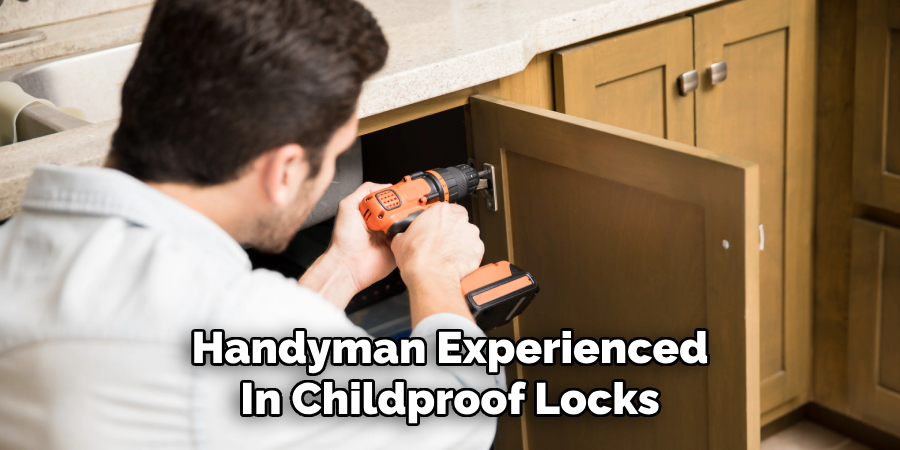
- Type of Lock
Different types of locks are appropriate for various cabinet styles and household needs. Magnetic locks, adhesive locks, and spring-loaded latches each have their own benefits and drawbacks.
Choose a lock type that aligns with the specific requirements of your cabinets and the extent of childproofing needed.
- Ease of Use for Adults
While the primary goal is to keep children out, the lock should also be easy for adults to operate. Consider how often you will need to access the contents of the cabinet and select a lock that balances security with ease of use.
Magnetic locks, for example, are often quick and straightforward for adults to disengage.
- Durability and Quality
The durability and quality of the lock are crucial for long-term usage. Look for locks made from robust materials that can withstand daily wear and tear. High-quality locks not only offer better security but also reduce the risk of breaking and potentially causing harm.
- Installation Process
Evaluate how easy or difficult the installation process is for the lock you are considering. Some locks require screws and drilling, while others are adhesive-based and simply stick onto the cabinet surface.
Choose a lock with an installation process that you are comfortable with and that suits your cabinet material.
Conclusion
In conclusion, opening childproof cabinets requires a combination of understanding the mechanism, using appropriate tools, and employing patience and precision.
Start by familiarizing yourself with the lock’s operation and gather any necessary tools such as magnets, keys, or household items. Use both hands to gain leverage, apply gentle pressure, and experiment with lifting or tilting the lock.
Consult the manufacturer’s instructions for specific guidance and seek professional help if needed. By following these ten methods, you can effectively and safely open childproof cabinets while maintaining their integrity and functionality.

